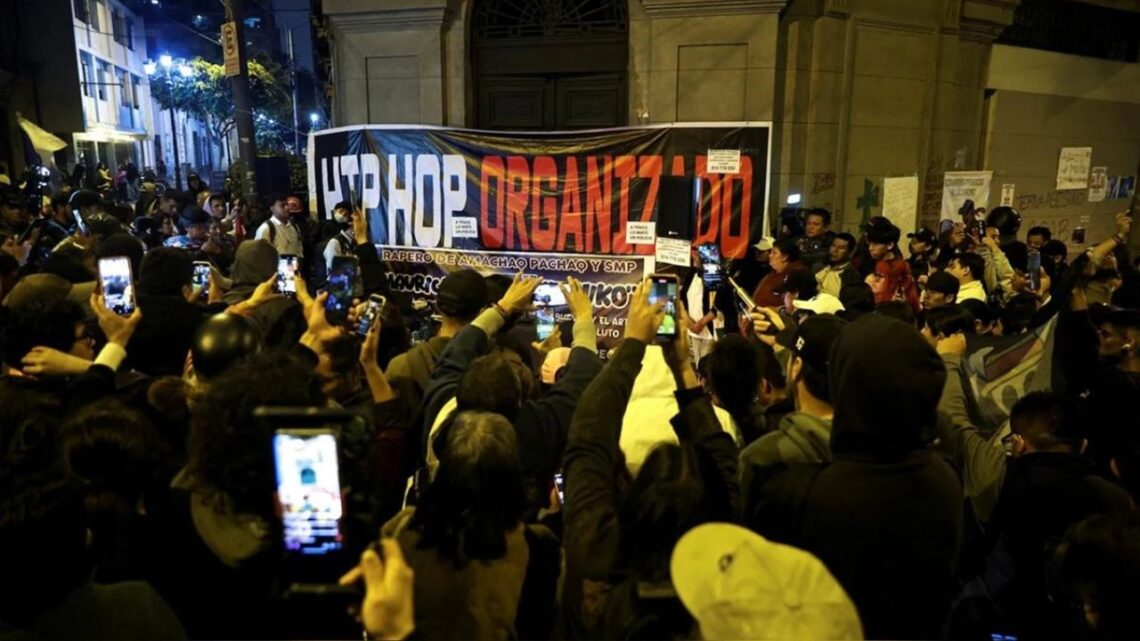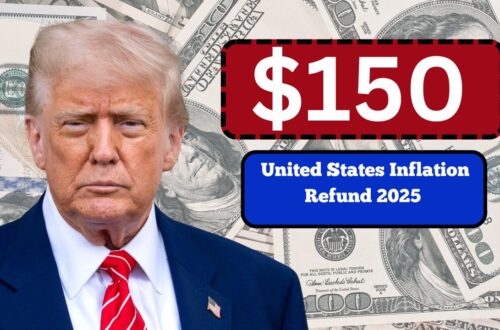Peru is once again at the center of political turmoil as Gen Z-led protests against the government of President José Jerí have turned deadly.
What began as peaceful demonstrations over new pension laws and corruption concerns has erupted into widespread unrest.
As of mid-October 2025, at least one protester has been killed and over 100 people injured during clashes in the capital, Lima, and other major cities.
Despite growing public anger, President Jerí remains defiant, refusing to resign and insisting on restoring order.
Background — Why Are Gen Z Protesters on the Streets?
The latest unrest began when the government introduced a mandatory pension reform, forcing every Peruvian adult to register with a private pension provider.
Young citizens, particularly Generation Z, saw this as another form of economic exploitation.
Their frustration runs deeper, fueled by years of corruption, unemployment, crime, and political instability.
President Jerí, who took office after the removal of former leader Dina Boluarte, has faced skepticism since his first week in power.
Many citizens accuse him of ignoring youth concerns while protecting entrenched elites in Congress.
Key Facts at a Glance
| Category | Details |
|---|---|
| Date of major violence | October 15–16, 2025 |
| President in power | José Jerí |
| Fatalities reported | 1 confirmed |
| Injuries | 100+ (including 80 police officers and several journalists) |
| Main protest location | Lima city center and Plaza San Martín |
| Victim identified as | Eduardo Mauricio Ruíz, 32-year-old artist |
| Protester demands | President’s resignation, repeal of pension reform, new elections |
| Government response | Refusal to resign, pledge to “restore order” |
| Current investigation | Human-rights probe into protester’s death |
The Deadly Night in Lima
Tensions reached a boiling point when thousands of young demonstrators gathered near Congress in Lima to demand President Jerí’s resignation.
Witnesses said the march began peacefully, with chants for justice and democracy, before riot police deployed tear gas and rubber bullets.
In the ensuing chaos, Eduardo Mauricio Ruíz, a 32-year-old hip-hop artist and activist, was fatally shot. Over 100 people were injured in violent clashes that continued into the night, including dozens of police officers.
Protesters claimed that plainclothes officers had infiltrated the crowd, an allegation under investigation by Peru’s human-rights prosecutors.
The scene of burning barricades, smashed storefronts, and tear-filled streets has reignited memories of Peru’s earlier waves of political violence between 2022 and 2023.
Government Response — A Firm Stance
In a nationally broadcast statement, President José Jerí said he would not resign, claiming that doing so would destabilize the country.
He expressed condolences for the victim but blamed “radical agitators” for the chaos. Jerí also vowed to seek special powers to combat rising crime and restore public security.
However, his remarks did little to calm citizens. Protesters accused the government of authoritarian behavior, while civil-rights groups criticized excessive police force.
Calls for early elections have grown louder, yet Jerí insists he intends to serve out his term.
Broader Social and Political Impact
The protests underscore a generational divide between Peru’s youth and its aging political elite.
Generation Z protesters are organizing through social media platforms, calling their movement a fight against corruption, unemployment, and social inequality.
Crime has surged across the country, especially in coastal cities, where extortion and gang violence are widespread.
Many Peruvians believe the government has failed to address these issues, fueling distrust and anger.
With unemployment among youth exceeding 20% and inflation squeezing household budgets, the protests reflect deep frustration among Peru’s younger population, who feel betrayed by consecutive administrations promising reform but delivering little.
International Reaction
Human-rights organizations have condemned the violence and called for transparent investigations into the use of lethal force.
Neighboring countries and regional observers have urged Peru’s government to engage in dialogue instead of repression.
Meanwhile, global media outlets are portraying this crisis as a test of Peru’s fragile democracy and governance stability.
What Comes Next
The next few weeks are crucial. Protest groups have vowed to continue marching until President Jerí resigns or calls for snap elections.
The government, meanwhile, is preparing for another round of demonstrations, with additional police deployed in Lima and other regions.
Peru’s prosecutor’s office has begun collecting evidence related to the shooting of Ruíz, including ballistic tests, security footage, and witness statements.
The results will determine whether police or armed infiltrators were responsible for his death.
The Gen Z protests in Peru have become a defining moment for the nation’s democracy. With one death, hundreds of injuries, and growing distrust in government, the country stands at a crossroads.
President José Jerí’s refusal to step down may strengthen his critics and intensify unrest.
As Peru’s young generation continues its fight for justice and reform, the coming days will determine whether dialogue or division shapes the nation’s future.









